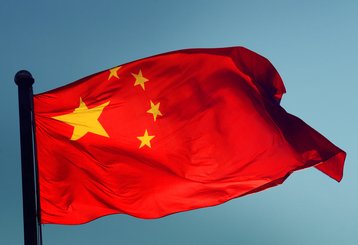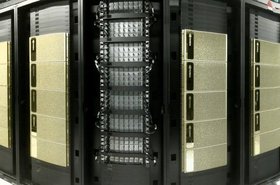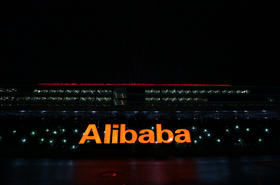The Chinese Society of Computer Science has published a list of what it claims to be the 100 highest-performing supercomputers in the country in 2024.
However, China has a number of known exascale systems in operation, none of which were included on the list.
No new systems have been added since the list was last published in 2023, raising questions about whether the Chinese government is deliberately downplaying the technological power currently available in the region to try and avoid further sanctions from the US government.
According to the list, China’s most powerful supercomputer has a maximum Linpack performance of 487.94 petaflops, a figure that would place it fifth in the most recent edition of the Top500 list of the world’s most powerful supercomputers, ahead of the current fifth and sixth place Italy’s HPC6 and Japan’s Fugaku. China largely avoided entering new systems into the Top500 list for several years.
The unnamed heterogeneous system was reportedly installed at an unspecified Supercomputing Center in 2023 and contains 15,974,400 cores.
The Chinese systems ranked second and third are also both heterogeneous and have a Linpack value of 208.26 and 125.04 petaflops, respectively. According to the list the two supercomputers are hosted by a network company, although it is not clear if the same company is responsible for both systems.
The top five is rounded out by China’s most energy-efficient supercomputer, the 93.015 petaflops Sunway TaihuLight system hosted at the National Supercomputing Center in Wuxi and an 87.04 petaflops unnamed system, also hosted by a network company.
The upgraded Tianhe-2A supercomputer placed sixth on China’s list. Installed in 2017 and hosted at the National Supercomputing Center in Guangzhou, the 427,008 core system has a Linpack performance of 61.445 petaflops.
Installed in 2016, from June of that year to June 2018 the Sunway TaihuLight was ranked as the world’s fastest supercomputer by the Top500. The system, which contains 10,649,600 cores was ranked 15th on the November 2024 edition of the list, with China’s Tianhe-2A placing 24th.
While China has 63 machines on the November 2024 edition of the Top500 list, placing it second in terms of distribution behind the 173 systems hosted in the US, the number of Chinese submissions to the list has shrunk over recent years – in June 2023, China had 134 systems on the list. Furthermore, those which have been included are all in the single or double-digit petaflops range.
In 2023, Top500 co-founder Jack Dongarra said when it comes to exascale computing, the US is likely losing out to China. However, since the installation of the 1.742 exaflops El Capitan at the Lawrence Livermore National Laboratory in California, this is unlikely to still be the case.
China is known to have secretly set up the world's first exascale supercomputer back in 2021 and soon followed it up with a second system.
The first exascale supercomputer, the Sunway OceanLight, is believed to be around 1.3 exaflops peak/1.05 exaflops sustained. The second supercomputer, the Tianhe-3, is capable of 1.7 exaflops peak/1.3 exaflops sustained, Dr. David Kahaner, director of the Asian Technology Information Program has previously said.
A third is thought to have launched in 2023, with up to ten more said to be in development as of 2022. Ongoing US sanctions on computing hardware to the People's Republic may be limiting the country's efforts, however.







